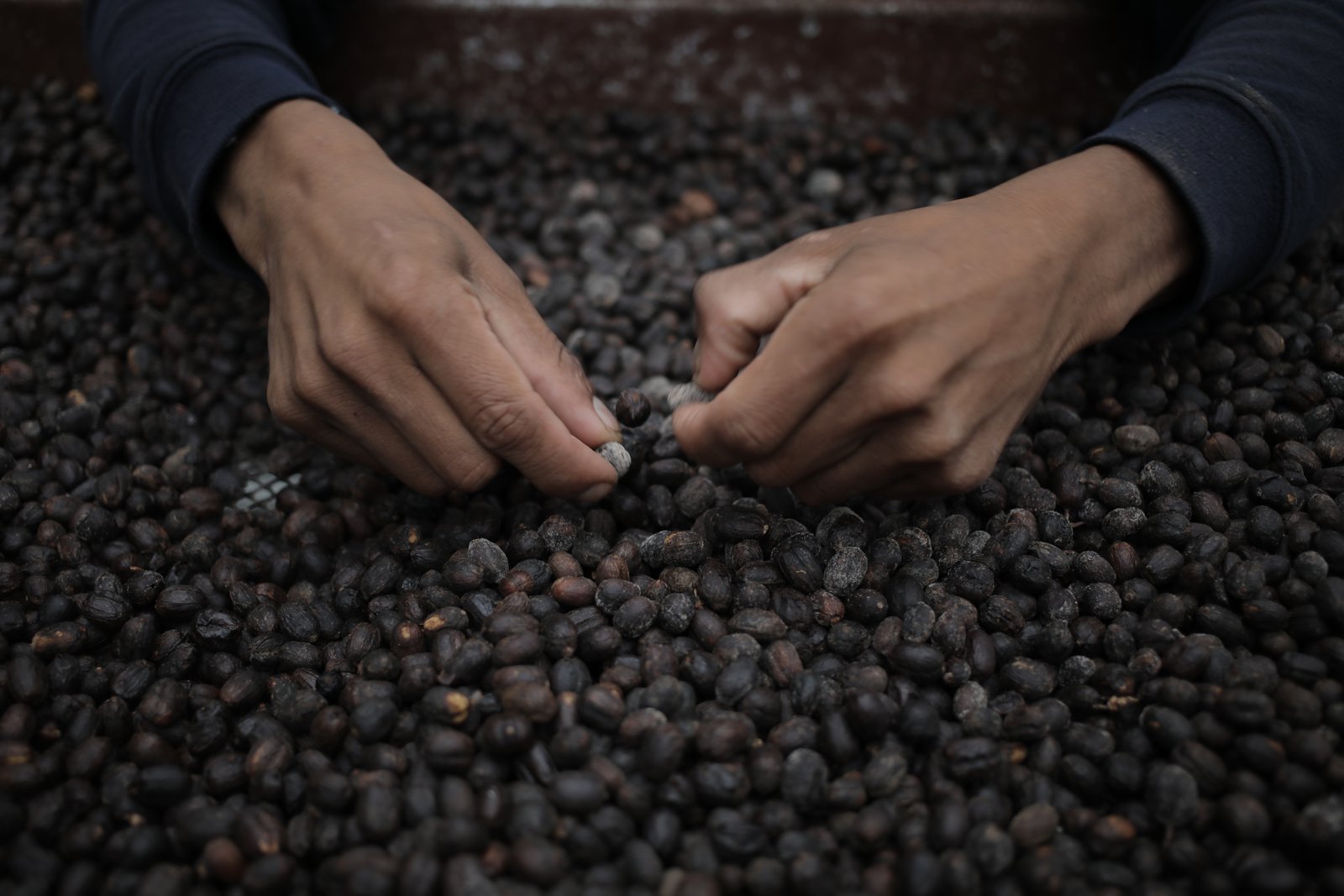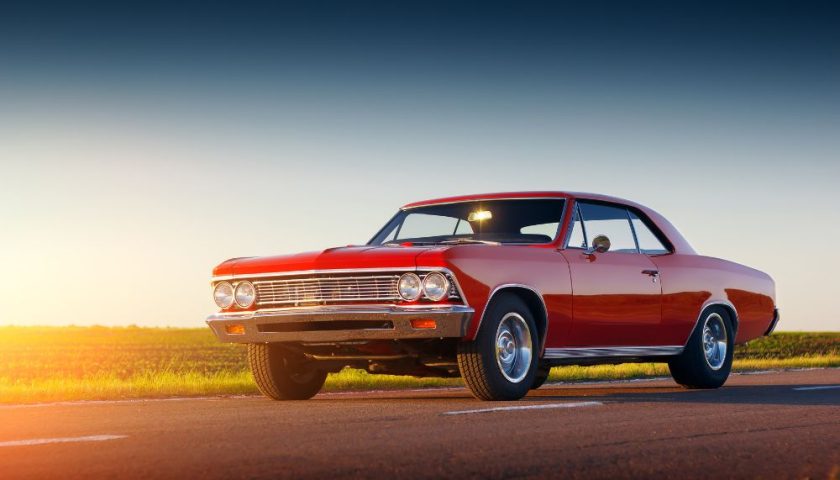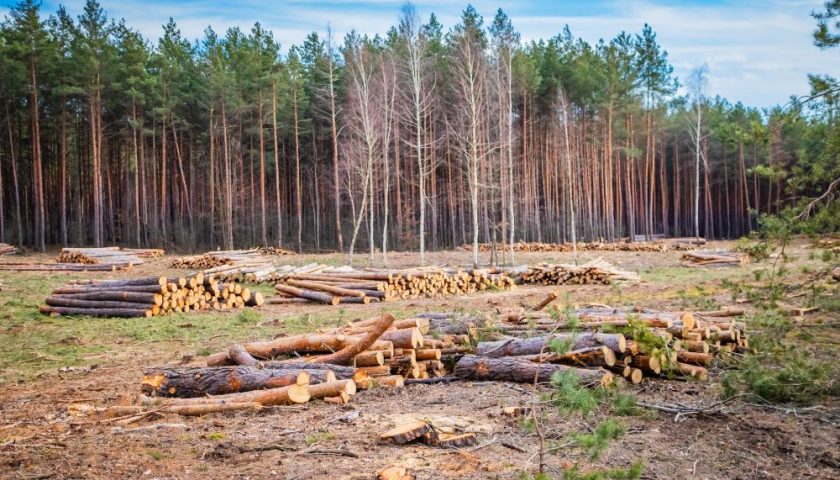:focal(3360x2240:3361x2241)/https://tf-cmsv2-smithsonianmag-media.s3.amazonaws.com/filer_public/c3/af/c3af7f79-afde-4243-9108-7f2e8dba2623/gettyimages-1145719590.jpg)
A worker sorts coffee beans at the Lamastus Family Estate farm in Boquete, a region known the world over for its coffee varieties.
Mauricio Valenzuela/picture alliance via Getty Images
The top of Volcán Barú in western Panama is one of the few places in the world where it is possible to see both the Atlantic and the Pacific oceans at the same time. But the spot, with regular rainfall and cloud cover, and nutrient-rich volcanic soil that is naturally good for drainage, is prized for another reason: coffee production. The area’s geisha variety, maintained and handpicked by the Indigenous Ngäbe and Buglé communities, is one of the priciest coffees in the world at more than $1,000 per pound unroasted.
“They [the Ngäbe and Buglé] are the ones most in contact with coffee over the last hundred years,” Diwigdi Valiente, a climate and Indigenous activist, told Travel + Leisure in 2021. “The reason the coffee is so expensive is because these farmers are doing all these things right. They’re listening to nature, they are listening to science, and they are also listening to people.”
Coffee first came to Panama in the early 1800s thanks to an English sea captain who brought plants with him when he married a Panamanian woman. At first, the coffee was planted along the coast, but locals soon learned that the microclimate of the Chiriquí Highlands at the base of Volcán Barú was perfect for the coffee to thrive. Coffee farms flourished from that point.
Though the country grows a comparatively small amount—13 million pounds annually compared to Brazil’s five billion pounds—Panamanian coffee lovers consume more coffee per capita today than most coffee-producing countries. Still, much of the coffee is exported, and the farming of it has spawned a tourist activity. Established by the Tourism Authority of Panama and the Center for Competitiveness of the Western Region in 2019, the ever-expanding Coffee Circuit connects 15 farms that offer tastings and tours of their fields and production facilities.
“All types of travelers, from families to nature lovers and adventurers, are welcomed to explore the coffee farms that are located in three main regions of the Chiriquí Highlands: Tierras Altas, which includes Volcan, Bambito and Cerro Punta; as well as Renacimiento and Boquete,” Promtur Panama, the official destination marketing organization for Panama, explained in a 2021 statement. The Chiriquí Highlands, after all, have been called the “Napa Valley of coffee.”
Here are five must-see farms:
Farm Lerida, Boquete
Lodging at Finca Lerida I Bird 2 via Flickr under CC BY-NC 2.0/https://tf-cmsv2-smithsonianmag-media.s3.amazonaws.com/filer_public/5b/c0/5bc05deb-8495-4c3d-894e-9b80949295a9/3279955359_bbc149b6a1_k.jpg)
The world might not know about coffee from Panama if it weren’t for Finca Lerida. Norwegian engineer Toleff Bache Mönniche moved to the spot (about six miles uphill from Boquete, a small mountain town near the Costa Rica border) in 1924 with his wife, Julia, after he retired from years working on the Panama Canal. The couple built their home by hand and, that same year, started the coffee plantation. In 1929, Mönniche exported to Germany the very first shipment of Panamanian coffee to leave the country.
Today, the 900-acre Finca Lerida has a restaurant, a coffee shop and rooms to rent for overnight stays. The tour of the property starts in the coffee fields, to discuss the local terroir, and ends with a tasting of pacamara, catuai, caturra, typica and geisha varieties and a lesson on best practices for brewing a cup. Visitors follow trails ideal for birdwatching, with the local quetzal bird and more than 500 other bird species in the surrounding landscape.
Eleta Coffee Farm, Rebirth
Neighboring La Amistad International Park, a biodiverse Unesco World Heritage Site at the northwestern edge of Panama, Finca Café de Eleta has a responsibility to keep its coffee production environmentally safe. In 2003, the farm became a signatory to the United Nations Global Compact, a volunteer-based initiative that focuses on sustainability, committing them to implementing and measuring sustainability initiatives. All of Finca Café de Eleta’s wastewater is treated organically and returned to the surrounding area, and solid waste gets composted and turned into fertilizer.
Finca Café de Eleta was first established in 1978 as a vegetable and sheep farm. The first coffee plants, of the catuaí variety, were planted in 1995. Now, the farm has more than 457 acres ranging in elevation from 3,937 to 4,921 feet, growing bourbon, catuaí, caturra, geisha, maragogype, pacamara and typica varieties of coffee. Tours through coffee plant nurseries and packaging processes last two hours. Visitors can add an hour-long tasting for an extra fee, or stay the night at the farm.
Lamastus Family Estates, Boquete
A worker harvests coffee beans at the Lamastus Family Estate. Mauricio Valenzuela/picture alliance via Getty Images/https://tf-cmsv2-smithsonianmag-media.s3.amazonaws.com/filer_public/f4/94/f49475c4-1b33-43cf-bb64-7cba37813d04/gettyimages-1145719604.jpg)
The three farms that make up the Lamastus Family Estates—Elida, El Burro and Luito Geisha—produce what’s considered some of the highest quality coffee in the world. Elida Estate is not only the highest in elevation of the three, but also the highest coffee farm in all of Panama, ranging from 5,200 to 8,500 feet above sea level. Coffee planting stops at 6,000 feet, though, due to Panamanian law; the remainder of Elida Estate is an ecological park within Volcán Barú National Park.
Elida started producing coffee in 1918. Due to the high altitude and cloudy rainforest environment, the beans are denser with a higher acidity than most coffees. Every coffee cherry (the coffee bean is the cherry’s seed) is handpicked by Indigenous Ngäbe and Buglé, which helps account for its higher-than-average price, up to $1,000 per pound green. During tours at Elida Estate, participants can pick coffee cherries, watch the coffee manufacturing process, taste tree tomatoes (a roma-tomato-sized fruit that grows on trees and tastes like under-ripe tomatoes), and do a coffee tasting with the farm’s owner, Wilford Lamastus, or his son, Wilford Lamastus Jr.
Janson Coffee Farm, Highlands
At Janson Coffee Farm, which lines the slopes of the Tisingal and Barú volcanoes at about 5,000 feet elevation, producing coffee in harmony with the surrounding environment is the main goal. The team grows green tip geisha, catuaí, caturra and pacamara varieties in soil they manage with enzyme microorganisms to maintain the ideal nutrient level. None of the coffee at Janson is grown using pesticides or herbicides; the different plots are separated by steps of forest that both control pests and allow natural flora and fauna to flourish. The farm is powered by 400 solar panels, and all waste is processed to use as either fuel or fertilizer. The farm’s owners are also dedicated to reforestation, growing native seedlings in the nursery to replant outside the coffee fields.
Swedish farmer Carl Axel Janson first started the farm in 1941, raising cattle. When the second generation took over, they opened Janson Coffee Farm. Today, the coffee, now produced by the fourth Janson generation, regularly wins top marks in the Best of Panama and World Brewers Cup competitions. Tours of the farm provide an overview of the different varieties of coffee plants grown there as well as the coffee production process from start to finish, and include a visit to the estate and the nursery. A coffee tasting is an add-on.
Don Pepe Estate Coffee, Boquete
Don Pepe Estate Coffee in the Volcán Barú foothills opened in 1898, making it the oldest coffee farm in the region and the first farm in Panama to specialize in coffee. The Vasquez family, now on the fifth generation of ownership, specializes in geisha coffee, but also in three different processing styles: natural, honey and washed. With the natural process, the coffee fruit dries whole, making the coffee full-bodied with low acidity. The honey process extracts the pulp layer before the coffee is dried, leaving a sweet acidity in the finished brew, and a washed process removes everything, leaving just the bean for a light body and fruit-focused flavor.
Tours at Don Pepe run twice a day and cover the growing and manufacturing of their eight varieties: geisha, java, pacamara, bourbon, typica, catuaí, caturra and a blend. The tour ends with a tasting. Don Pepe Estate also provides transportation—they’ll pick you up and drop you off from nearby accommodations.
Recommended Videos





